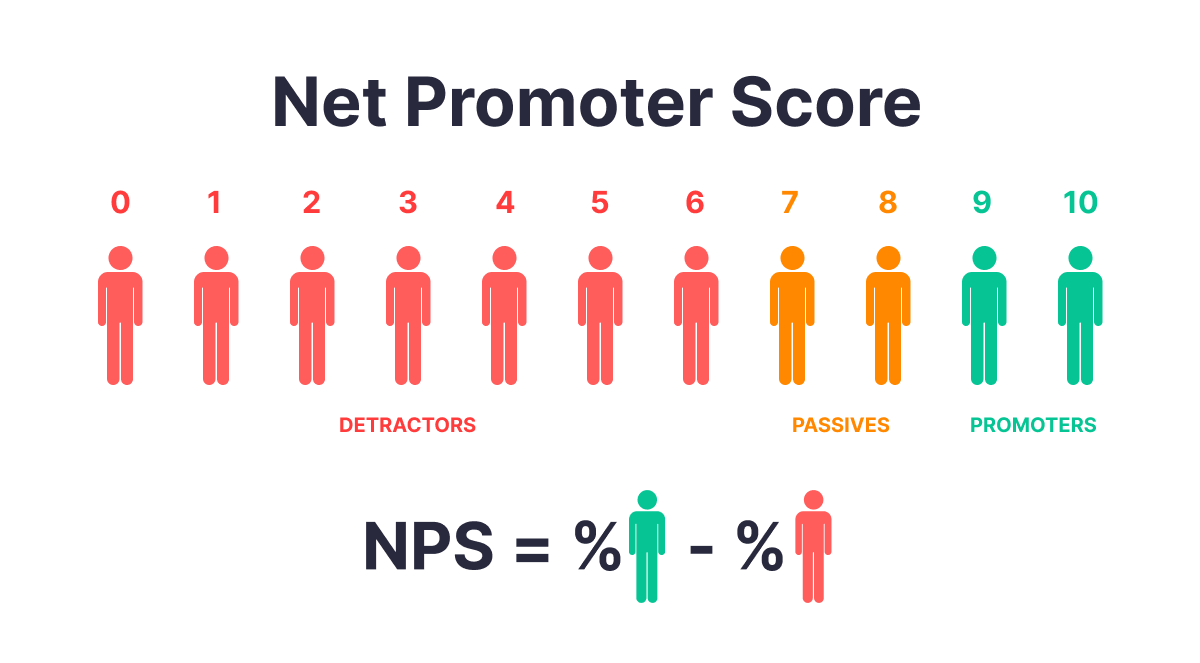One of the most complex parts of every feedback gathering campaign is to clean up the data and calculate the results. Fortunately, this step is much easier when you are using the Net Promoter Score metric, as the data is already clean and ready to interpret.
The only thing you need to do to calculate the NPS is to gather the data, put it inside a formula and there comes the final result. It is even easy to decode the result as you are facing some positive or negative percentages.
In this article, we will take a look at how the Net Promoter Score is calculated. If you were wondering how to interpret your business’ performance in terms of experience management and got lost in an ocean of passives, promoters and detractors, read this article from Pisano Academy until the end.

How do the Raw NPS Data Look?
The Net Promoter Score evaluation starts with a simple question:
“How likely are you to recommend the company to a friend a colleague?”
The respondents should answer the question with a number from 0 to 10. So, the raw data would be a set of data between 0 to 10. The respondents are then categorized into three groups based on their responses:
- From 0 to 6: These respondents are called Detractors. They are unhappy customers or employees who are unlikely to promote your business to the people around them. They are even considered to talk negatively about your brand because of their unhappy experience.
- 7 and 8: This group is called Passives. They are the customers who belong neither to the Detractor group nor the Promoter one. They will not promote your business or prevent them from interacting with it either.
- 9 and 10: This group belongs to the beloved Promoters. They are people who love your brand and their experiences with it. Due to that fact, they would encourage others to interact with it and experience the same thing.
After you categorize the numbers within these groups, you can have a raw image of your brand and how it has performed. If you are looking for a final, big picture, you should proceed to one last stage.

The Net Promoters Score Formula
Using the net promoter score formula, you can calculate the overall NPS performance of your brand. To do that, you need to go through some steps.
1. Converting to Percent
First, convert the numbers to percent. What percent of your respondents are categorized as promoters? How about passives and detractors?
2. No Country for Passives!
You then need to omit the passive respondents. This is because they are not making any positive or negative impact. For this purpose, you just need to ignore every response that was either 7 or 8.
3. Subtract!
You then simply can subtract the Detractors from Promoters.
NPS= Promoter % – Detractor %
The result will be a percentage between -100% to +100%. While the former means the worst outcome possible, the latter represents a perfect company in which every customer is a business ambassador.
NPS Calculator
How did my Company Perform?
According to Bain & Co., the developers of NPS, an acceptable score is between +30% to +40%.
While anything more than that is obviously brilliant and anything below that needs special attention. The negative numbers, though, show a terrible condition that requires immediate action.




